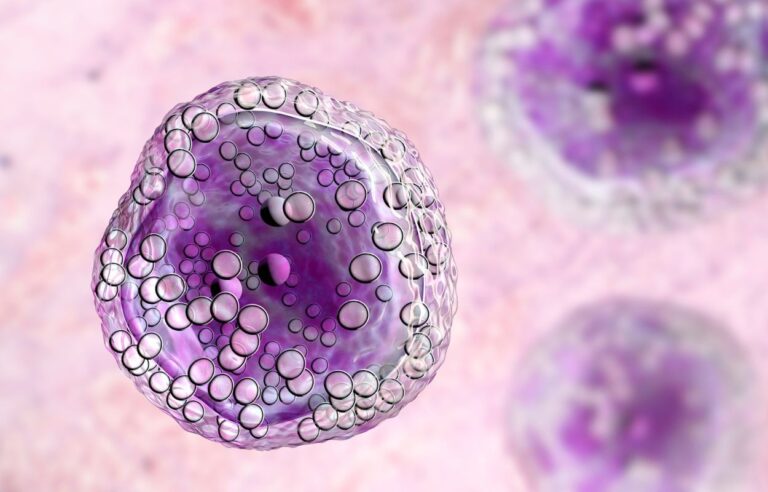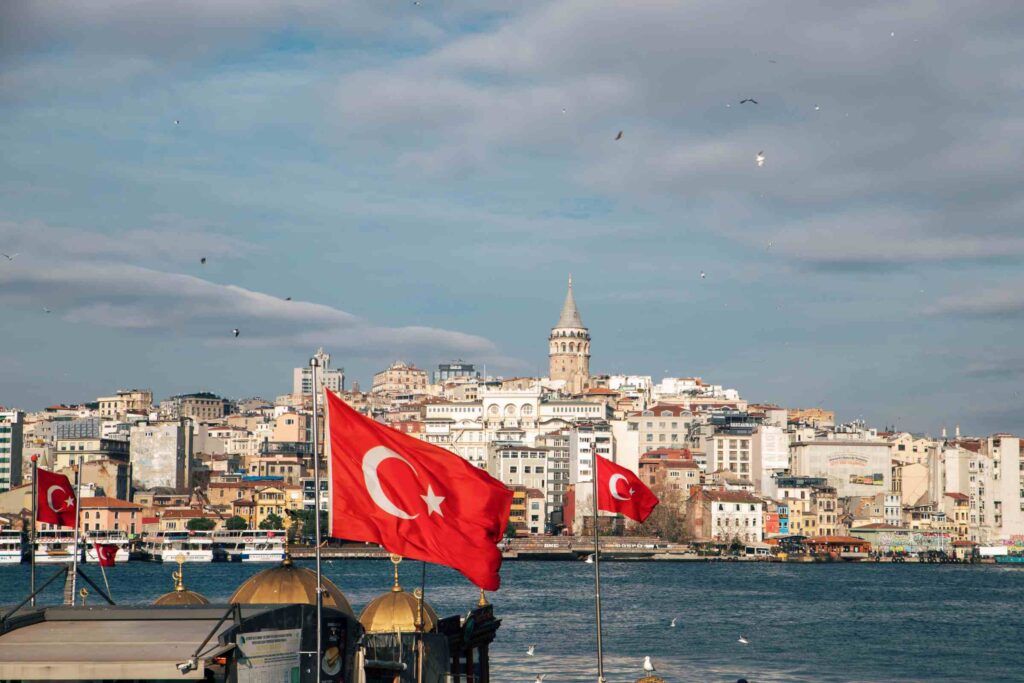Introduction
Non-Hodgkin lymphoma (NHL) represents a diverse group of cancers that originate in the lymphatic system—the body’s vital network involved in immune defense. Unlike Hodgkin lymphoma, NHL is not characterized by Reed-Sternberg cells and includes various subtypes with different clinical behaviors and prognoses. This guide delves into NHL comprehensively, providing historical context, epidemiology, causes, symptoms, diagnostics, treatments, prognosis, and prevention strategies.
Historical Overview
Non-Hodgkin lymphoma’s medical understanding dates back to the 19th century, though it was formally distinguished from Hodgkin lymphoma in the early 20th century. In 1832, Dr. Thomas Hodgkin first described a distinctive lymphoma subtype (now known as Hodgkin lymphoma). However, NHL was recognized later in 1956 when Henry Rappaport introduced a classification scheme clearly separating the two forms, significantly advancing understanding and treatment strategies.
Global Statistics
According to the World Health Organization (WHO), NHL is among the most common cancers globally, accounting for around 4% of all cancer diagnoses. As of recent data, nearly 544,000 new cases are diagnosed annually, with more than 259,000 related deaths each year. It predominantly affects individuals aged 60 years and above, but it can occur at any age. NHL incidence has been steadily rising, partially due to improved diagnostic practices and increased exposure to risk factors such as chemicals, radiation, and viral infections.
Causes and Risk Factors
The exact causes of NHL remain largely unknown; however, several risk factors have been identified:
Immune Suppression: Individuals with weakened immune systems due to HIV/AIDS, organ transplants, or certain autoimmune diseases exhibit increased risk.
Infections: Certain viruses and bacteria are linked to NHL, notably Epstein-Barr virus (EBV), Hepatitis C virus (HCV), Human T-cell lymphotropic virus type 1 (HTLV-1), and Helicobacter pylori infection.
Genetic Predisposition: Family history of NHL may slightly elevate risk.
Environmental Exposures: Long-term exposure to pesticides, herbicides, solvents, or radiation increases the risk.
Symptoms of Non-Hodgkin Lymphoma
NHL symptoms vary significantly depending on the lymphoma’s location and severity but commonly include:
Painless swollen lymph nodes (neck, armpits, groin)
Persistent fatigue
Unexplained weight loss
Night sweats
Fever and chills
Frequent infections
Abdominal pain or swelling due to enlarged spleen or liver
Difficulty breathing or chest pain if lymph nodes in the chest area are involved
Diagnosis
A comprehensive diagnosis of NHL typically involves:
Physical Examination: Checking for swollen lymph nodes and organ enlargement.
Blood Tests: Complete blood count (CBC), lactate dehydrogenase (LDH) level, and biochemical analyses.
Biopsy: Surgical removal or needle biopsy of a lymph node to examine tissue under a microscope, which confirms NHL subtype.
Imaging Tests: CT scan, MRI, PET scan, or ultrasound to identify lymphoma spread and staging.
Bone Marrow Aspiration/Biopsy: Assessing whether cancer has spread to the bone marrow.
Treatment Options
Treatment for NHL is highly individualized based on subtype, stage, patient age, and general health status. Common approaches include:
Chemotherapy: Standard frontline treatment, often combined in multiple-drug regimens.
Radiation Therapy: Targeted use of radiation to shrink tumors or reduce symptoms.
Immunotherapy: Monoclonal antibodies like Rituximab target specific cancer cells.
Targeted Therapy: Drugs specifically aimed at abnormal proteins or genes in cancer cells, such as Ibrutinib.
Stem Cell Transplant: For aggressive cases or relapsed NHL, a bone marrow or stem cell transplant might be recommended.
Prognosis and Survival Rates
Prognosis varies significantly depending on lymphoma subtype, stage at diagnosis, patient age, and response to treatment. According to recent studies, the 5-year relative survival rate for NHL is approximately 73%. Some subtypes like follicular lymphoma have survival rates above 85%, while aggressive forms like diffuse large B-cell lymphoma have slightly lower rates, approximately 60–70% with timely treatment.
Prevention Measures
While there is no definitive way to prevent NHL, risk reduction strategies include:
Reducing exposure to known carcinogens like pesticides and industrial chemicals.
Effective management of HIV and hepatitis C infections.
Maintaining a healthy immune system through diet, exercise, and lifestyle habits.
Regular medical check-ups for early detection, especially in high-risk individuals.
Emerging Research and Future Directions
Recent advancements in genetic research and immunotherapy offer promising possibilities. CAR T-cell therapy, for instance, has shown impressive outcomes in relapsed or refractory NHL patients, ushering a new era in personalized cancer care. Continued research is ongoing to further improve treatment efficacy, patient outcomes, and quality of life.
Conclusion
Non-Hodgkin lymphoma remains a complex cancer with numerous subtypes and clinical presentations. Awareness and education about its symptoms, early detection, and innovative treatment options can significantly improve patient outcomes. Through comprehensive care and ongoing medical advancements, the fight against NHL continues to advance toward increasingly optimistic prospects.


